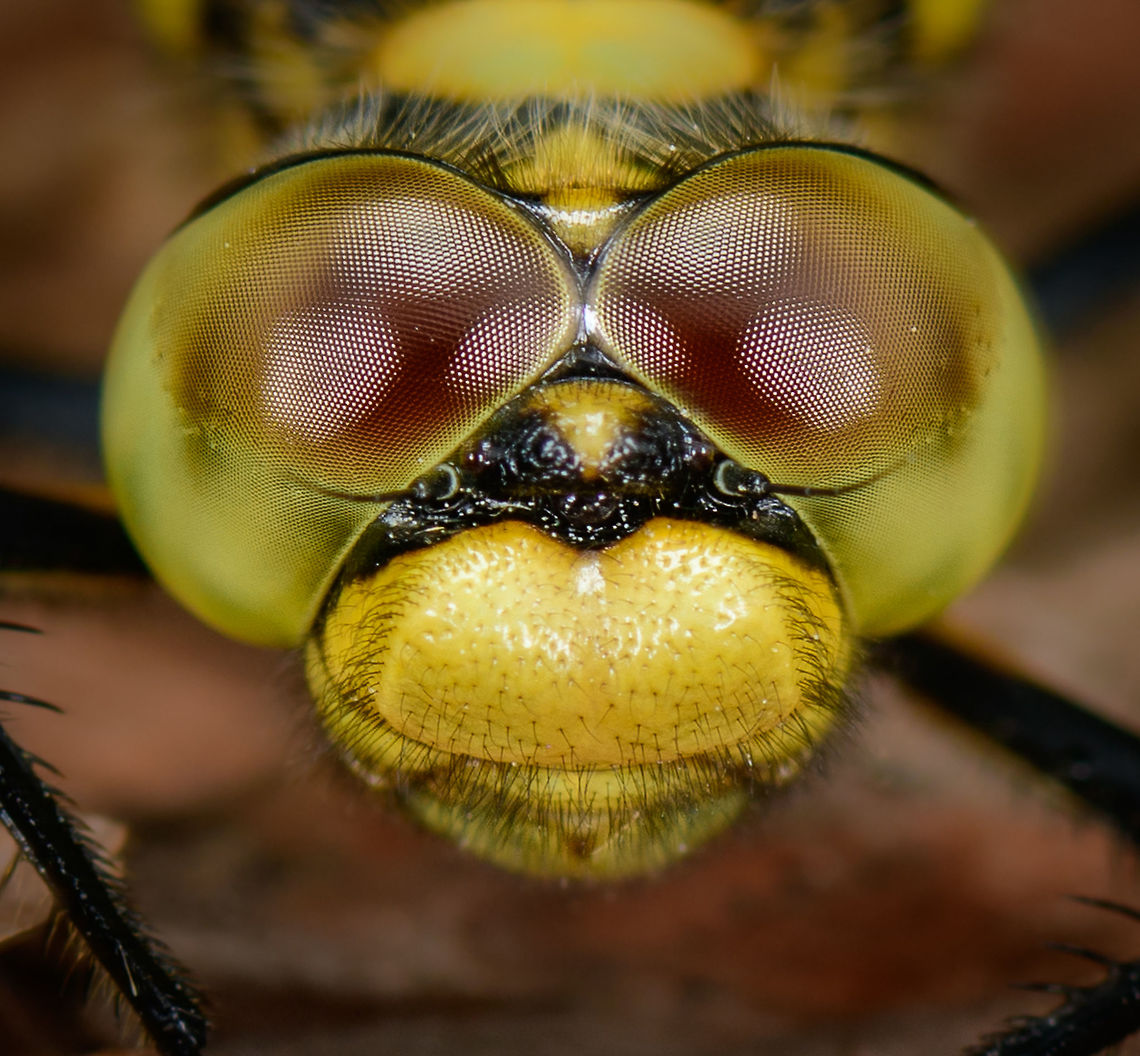 Promoted
Promoted
Black-tailed Skimmer - front III, Heeswijk, Netherlands
Female, found on a fallen tree. I'll use this sequence to document my general approach for photographing an active (daylight) dragonfly once located. It's not rocket science, and not all dragonflies behave the same, but just sharing experiences. Main steps:
1. Registration shot. Take a somewhat distance shot to secure the observation. My camera has so much crop room that sometimes with just the registration shot I can crop out a reasonable closeup.
2. Approach. The process of moving closer as well as getting to eye level. When approaching from the back, do not ever break their light, and try to get towards one of their sides very slowly without causing any movement in vegetation. It very much sees your movement in any case, you just need to trick it into not seeing it as a threat. Approaching from the front is easier, somehow they are more tolerant there.
3. Take the shots, many of them, moving in a few mm each time. Move a few inches back and try a different angle. Flash does not seem to matter, they tolerate it well, unlike butterflies.
4. With the main shots secured, you can consider adding a bit of creativity, trying weird angles or focusing on different body parts.
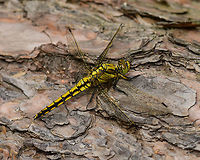
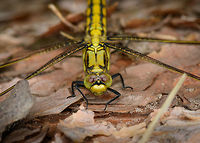
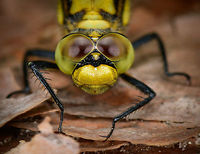
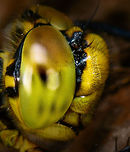

Lighting setup used:
https://pbs.twimg.com/media/DgfQHncXkAAA5nH.jpg:large
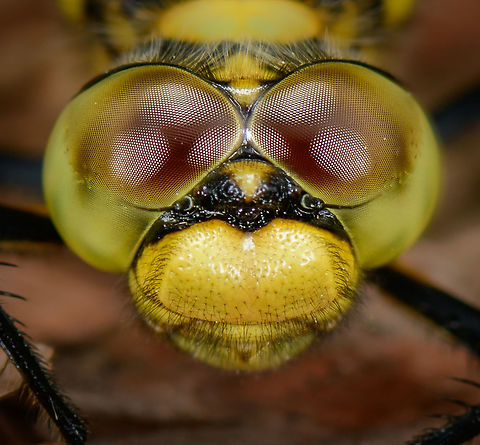
The black-tailed skimmer, "Orthetrum cancellatum", is a European and Asian dragonfly. It occurs nearly all over Europe except northern UK and Scandinavia; to the east, the range extends to Kashmir and Mongolia.

comments (7)